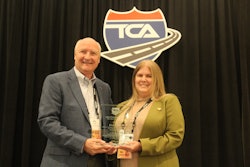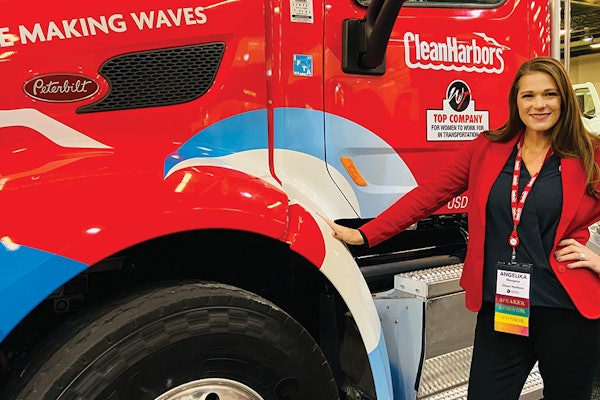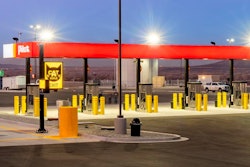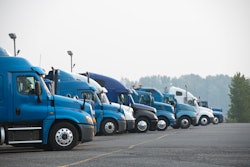You can’t talk about hiring and retention without mentioning the “Great Resignation.”
Last December alone, more than 4 million Americans quit their jobs. The greatest increase in resignations occurred among workers between ages 30 and 45. One of the industries hardest hit? Trucking.
Many truck drivers moved to other companies that were paying higher bonuses. The pandemic also stalled training and CDL testing, although by 2021, over 50,000 CDLs and learner’s permits were being issued monthly. FMCSA plans to launch a new three-year pilot program which will drop minimum required driver age for interstate CDLs from 21 to 18. Yet, finding and keeping drivers remains a top concern.
A majority of the truck driver population is growing older and nearing retirement age, but it’s difficult to attract new talent. Driving is physically and mentally demanding. Reported driver frustrations include difficult working conditions; demands making it difficult to maintain a healthy work-life balance; legacy software that’s cumbersome to use; wait times to drop off or pick up loads with delays of 2-and-a-half hours or longer; an inability to easily find appropriate and safe parking; and stagnant or lower wages.
While newer, innovative trucking and fleet management software can’t address all of these challenges, it can help alleviate some of the pain points. For example, a unified, cloud-based platform can offer solutions for mission-critical dispatch, workflow, routing, ELD, and fleet management business requirements to improve operational efficiency and make life easier for drivers.
New hires, whether fresh out of training or tenured veterans, expect to participate in some kind of onboarding process. Trucking software can improve the driver experience and offer virtual and hybrid training.
Equally important is its ability to offer more predictability so drivers can achieve a better work-life balance. Route optimization and freight planning software help with scheduling drivers and shipments and optimizing routes to give drivers opportunities to earn more and fit in more stops per day. Workflow mobile app software and other efficiency-boosting automation tools reduce rote tasks and human error.










